As we celebrate the Jubilee, we look back to the 1950s. We were slimmer and healthier back then – here’s why…
When Elizabeth was crowned Queen on June 2, 1953, sugar, butter, cheese, margarine, cooking fats and meat were all rationed.
Sweets, eggs and cream had come off ration so there was a trifle or two to be had at a street party. But it was a diet reliant on potatoes and without any of the exotic ingredients we take for granted.
Now 70 years on, we have more choice than you can shake a Nando’s at. And we’re facing an obesity epidemic that would be inconceivable to an average 1950s family.
Here, we reveal the average dress size then and now and other changes that tipped the scales from healthy to not so.
Surprisingly, when meat and all other food rationing ended in Britain in June 1954 it left the nation fitter than it had been previously.
Sections of society who had a poor diet previously had seen an increase in their intake of protein and vitamins because they received the same rations as everybody else.
Pregnant women and children were also granted additional eggs, milk, and other items to keep them strong and healthy.
For instance, post-war four-year-olds had higher calcium and iron intakes through bread and milk consumption and ate and drank less sugar overall than children today.
Cancer Research UK estimates more than 21 million UK adults will be obese by 2040 (almost 36% of the adult population).
Health: 1950s v modern day
Then: Sugar, butter, cheese, margarine, cooking fats and meat were still rationed
Now: 2,900,197 tonnes of sugary foods were consumed in the UK last year
Then: 1% of men and 2% of women were obese
Now: 36% of UK adults are obese
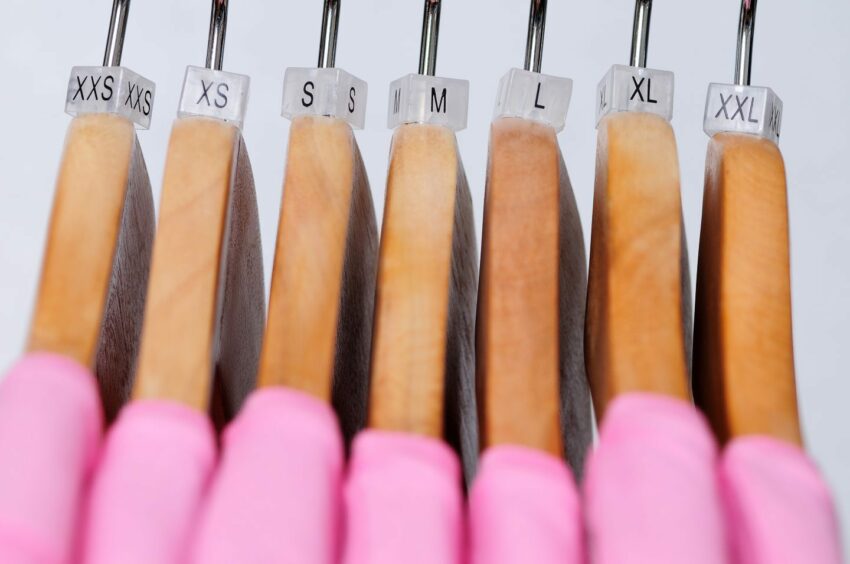
Then: Average female was a size 10
Now: Average female is a size 14
Then: 14% of population owned a car
Now: 75% of population own a car
Then: A typical breakfast was bacon and eggs
Now: Cereal (often high in sugar) is the most popular breakfast option
According to food historian Dr Annie Gray, the culture lent itself to better fitness and health. People were more active generally.
“Plates were smaller. Snacking didn’t happen all day,” she says. “Alcohol consumption was far less too.
‘Stopping when you’re full’
“It was about not wasting food and using whatever you had. And also walking places. All of that was part and parcel of people’s lives,” says Dr Gray.
“One of the things that is good about a 1950s meal is paying attention to what you’re eating and stopping when you’re full.”
Meat consumption was less than today. Meals were bulked out with oats, pulses and bread – brown bread became the norm.
The ration diet wasn’t about starvation; men were allowed 3,000 calories a day – slightly higher than the 2,500 recommended today.
“There were biscuits, cakes and sugar,” says Gray. “The difference is that today we eat sugar in more insidious ways.”
For the workers, there was no sandwich al desko. “Sixty per cent of people went home for lunch in the lower classes.”
Dinner in the 1950s would have been cooked from scratch, rather than delivered or out at a restaurant.
And mindless eating in front of various screens wasn’t an option given that in 1953 there were only 2.7 million television sets.
‘Deliveroo culture’
For bariatric surgeon Andrew Jenkinson, author of Why We Eat (Too Much), his concern is what we’re eating.
“It’s nothing to do with calories,” he says. “You can eat a lot of healthy foods, such as meat, fish and vegetables with high calories without it translating into weight gain. It’s what the food does to you from a metabolic perspective.
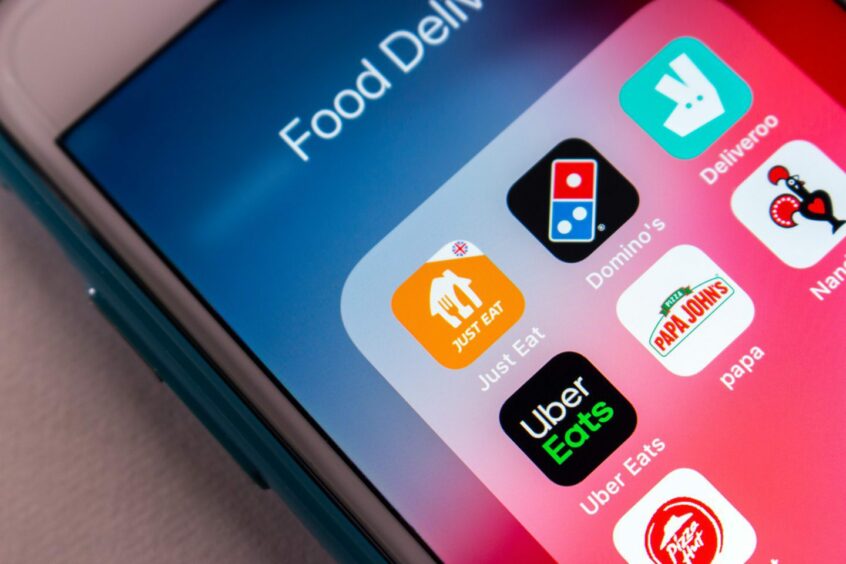
“The western diet has too many refined carbohydrates that affect your insulin levels and cause inflammation. It disrupts the metabolic signalling, causing weight gain.
“We’ve introduced a Deliveroo culture. Restaurant food will tend to add sugar, salt and veg oils to make it tasty so we go back and have more.”
How food habits changed in 70 years
- The first Wimpy Bars opened in 1954, selling hamburgers and milkshakes
- The 1960s saw our hunger for quick and easy meals grow rapidly. Flour consumption, a cupboard must-have for decades, started to fall
- In the 1970s, as more families were able to buy fridges and freezers, the popularity of convenience food soared. By the end of the decade, almost all families (95%) owned a fridge.
- By 2015 retailers were selling food in bigger packages – an average supermarket pizza increased from 200g to more than 250g in 20 years.
While not everyone becomes obese on snacks and junk food there has been an increase in other western diseases.
Autoimmune conditions
“Asthma, IBS, arthritis, autoimmune diseases and allergies, they all come because we don’t really understand what this new food does to our bodies,” says Jenkinson.
He thinks we need to consider our unhealthy habits that could have a 1950s makeover. But in a modern way, making use of spices and knowledge from other cuisines.
“We’re now in a position where we can cook really delicious foods in our own kitchens. More than ever we can actually lose a lot of weight and have a great quality of life and nutrition.”
- Extracts courtesy of Telegraph Media Group.
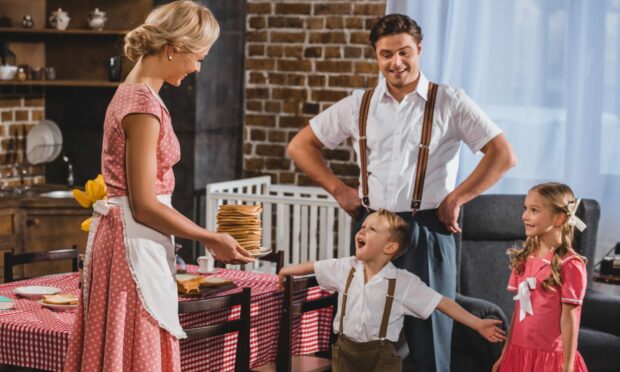
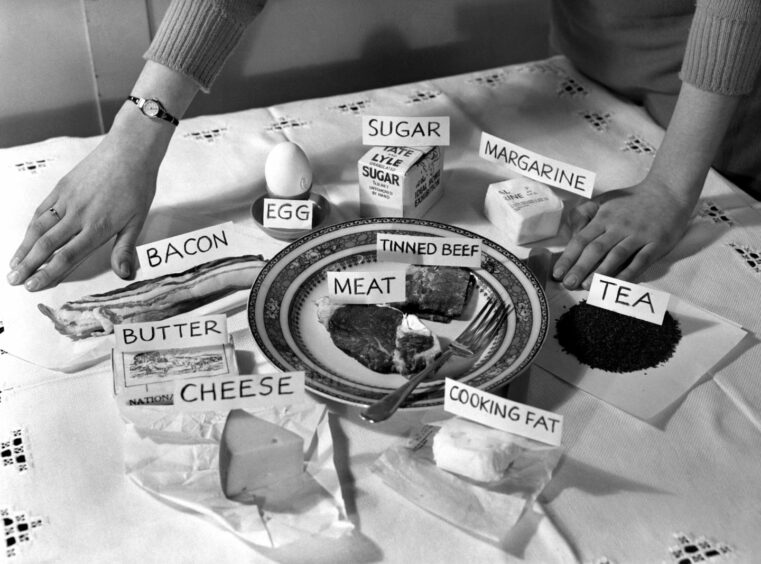
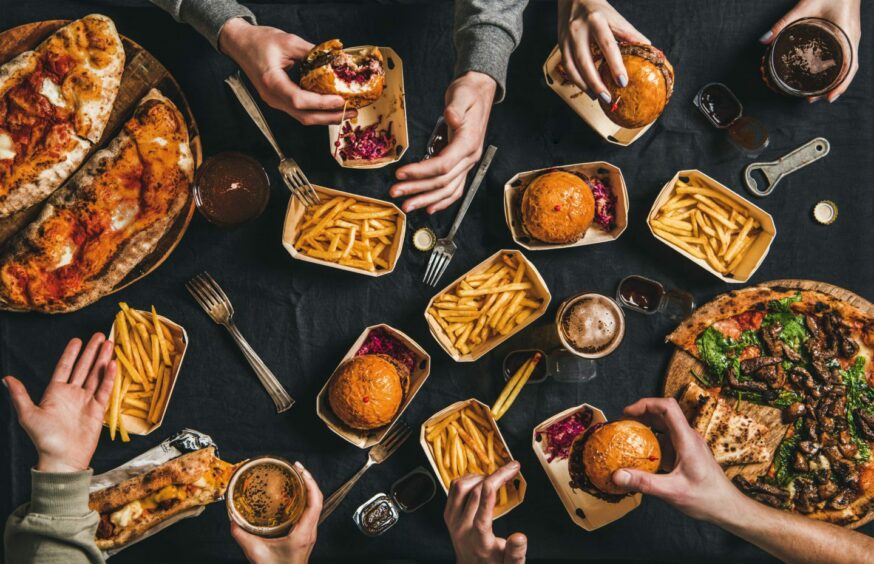
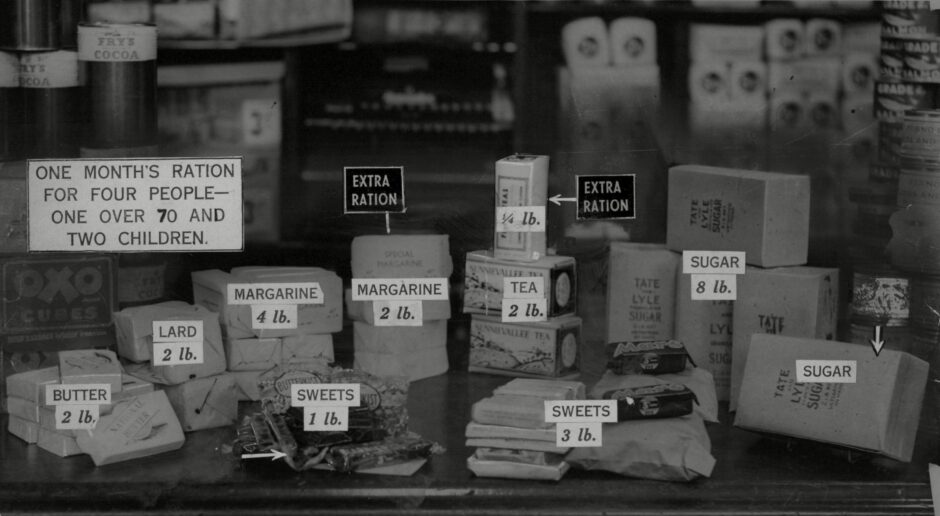
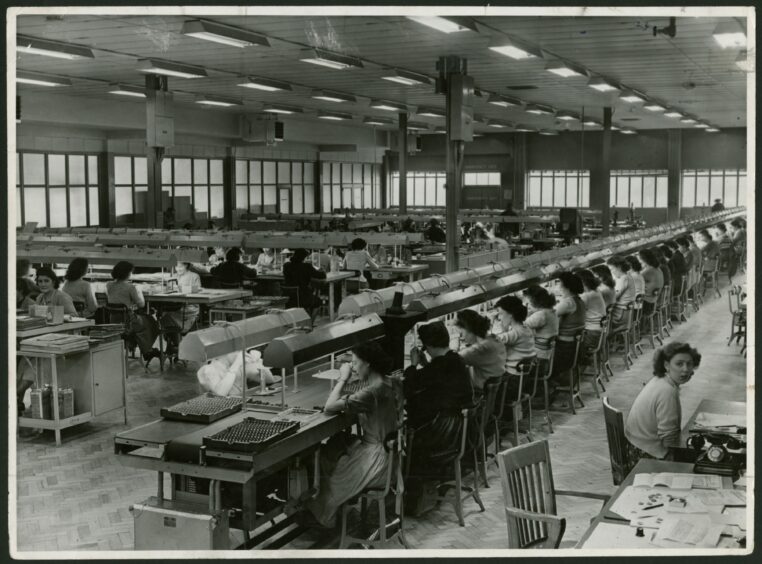
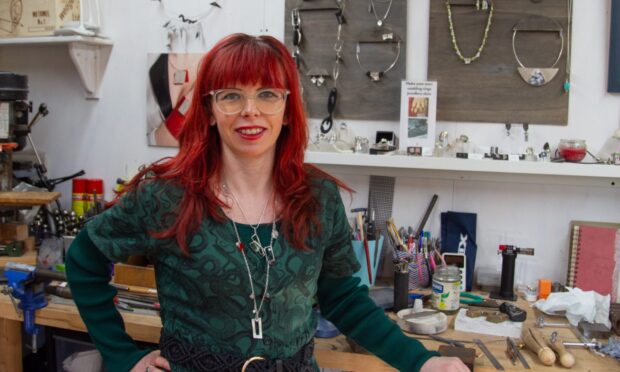


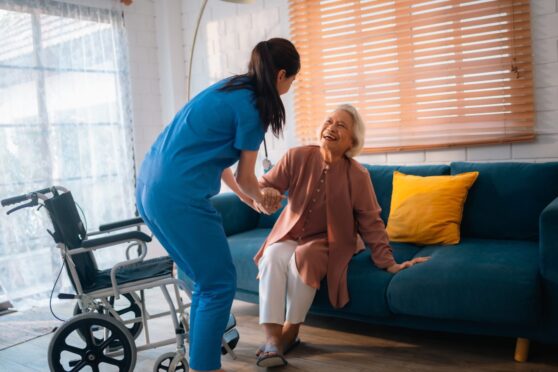






Conversation